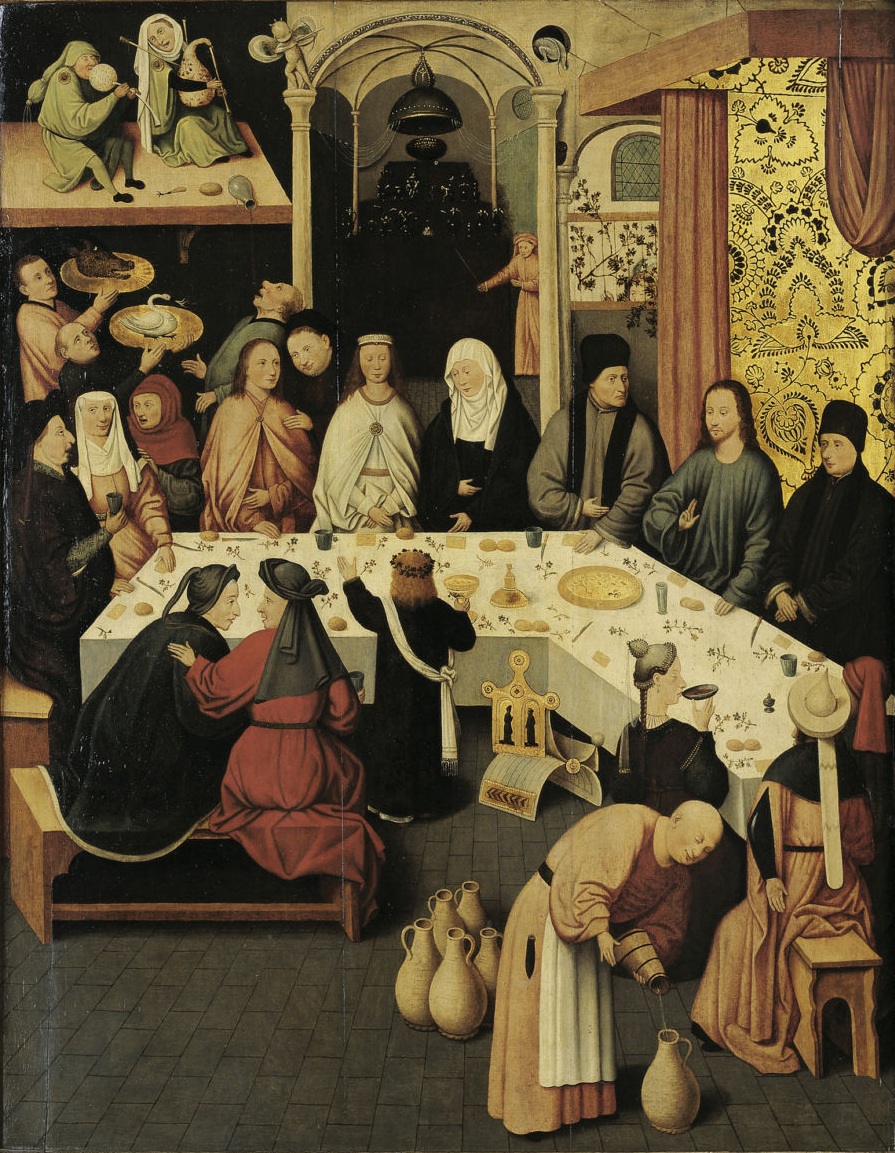
Ilsink 2019a
“Sporen van Jheronimus Bosch in Huis Bergh: De Bruiloft te Kana” (Matthijs Ilsink) 2019
[in: Marijke Brouwer (ed.), Nieuwe avonturen met een collectie – Ontdekkingen in de verzamelingen van Huis Bergh. Stichting Huis Bergh, ’s-Heerenberg, 2019, pp. 124-135]
Today, we know five versions of The Wedding at Cana that probably all go back to a Bosch original. The version in Huis Bergh (’s-Heerenberg, The Netherlands) is more complete, in a better condition, and more easily legible than the version in Boijmans Van Beuningen (Rotterdam), which was considered an authentic Bosch in the past. A combination of technical research, comparative art-historical research, and contextual historical research yields a new insight into the style and the iconography of the version in the Huis Bergh castle.
Among other things, Ilsink analyses the sideward positioning of the Christ figure, the meaning of His blessing, the empty lower left corner (where the primal version probably showed a donor and his patron saint), the bridegroom, the small figure lifting a chalice (Ilsink interprets him as the master of ceremonies), and the background. According to Ilsink, the versions in Rotterdam and Huis Bergh were produced close to each other, and both go back to a common example (perhaps an authentic Bosch). The number of preserved verions and their echoes in a painting such as the Burlesque Wedding Party (Bilbao), attributed – erroneously it seems – to Jan Mandijn, show that this composition was highly appreciated around 1550.
[explicit 7th July 2019]